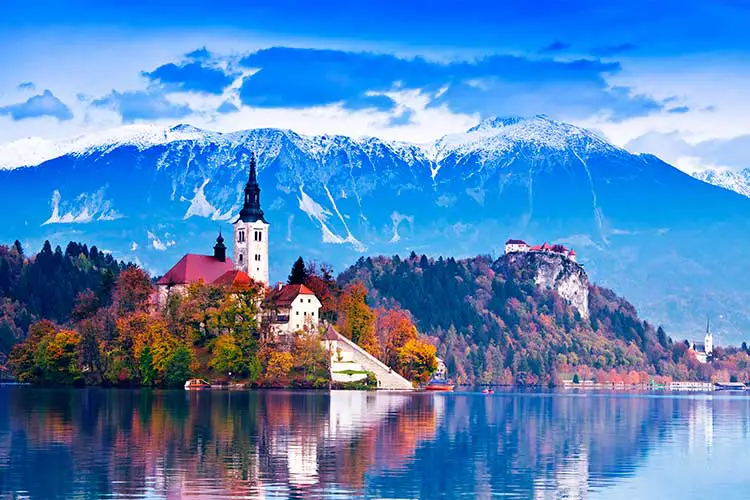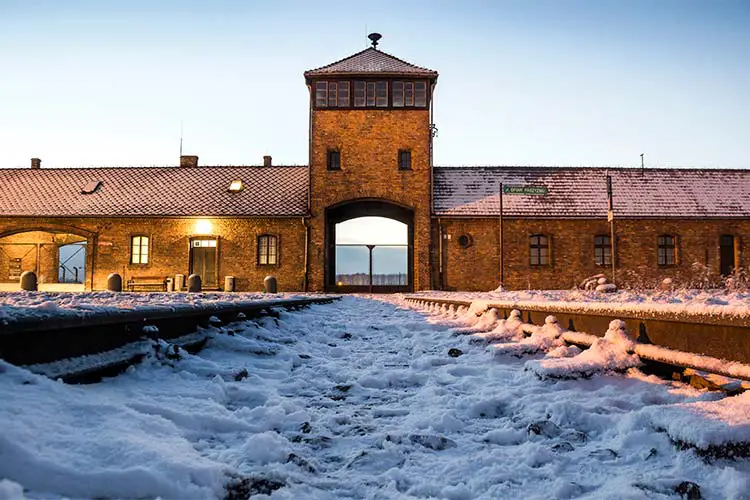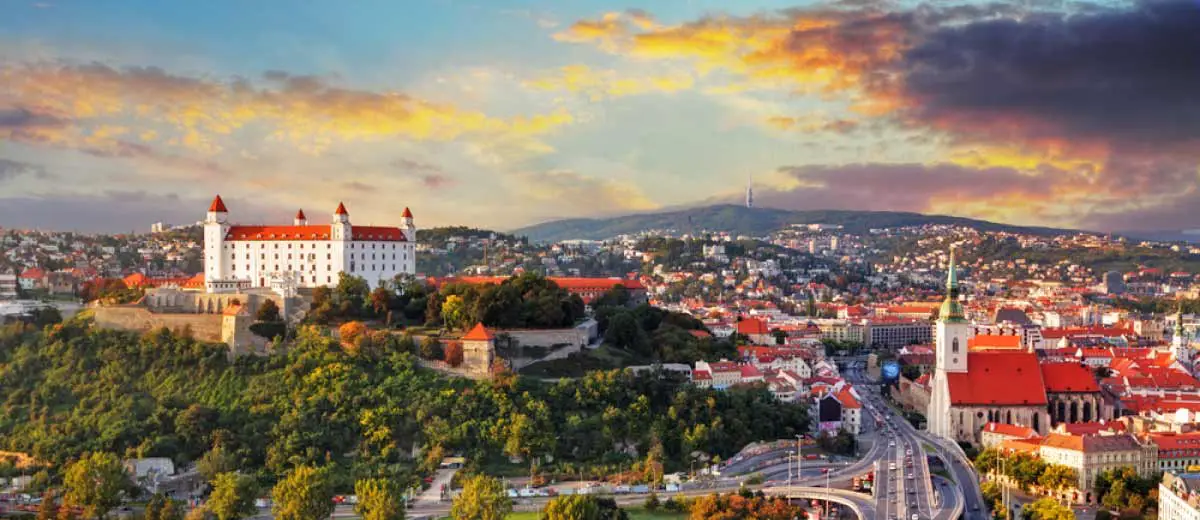Central Europe
The forested heartland of Central Europe holds many secrets, but the fact that it is a tourist’s ideal destination is not one of them. The region has boasted a booming tourism industry for some time now, due largely to the region’s complex and fascinating history. Like most of Europe, Central Europe was settled at least 10,000 years ago. Since then, a number of civilizations have ruled the region, including the Romans, Germanic peoples, and Franks. The Teutonic Order ruled over much of Central Europe in the Middle ages and have left behind some spectacular medieval castles that travellers will enjoy visiting. One of the most intriguing periods of history in Central Europe was likely the rule of the Holy Roman Empire. Formed by the eastern portion of Charlemagne’s lands, the Holy Roman Empire would soon expand to control most of Germany, Central Europe, and Northern Italy. The region persisted until the 1700s, and in that time played a critical role in the Protestant Reformation and Renaissance.

After Napoleon fell, the region was split into an association of sovereign states; the northern state of Prussia would prove to be dominant, controlling much of the region throughout the 19th century and through WWI. The region would again become involved in widespread warfare with the beginning of WWII in the 1940’s, a conflict focused in Central Europe and the Nazi Party. Today, the region enjoys economic prosperity and is the most populated region in Europe. Despite this large population, the area enjoys some of the most scenic landscapes in the world which are well worth discovering.

Central Europe Highlights
Historical Tourism
Without a doubt, historical tourism is one of the most interesting ways to experience Central Europe. Due to the area’s involvement with the Protestant Reformation and both World Wars, the region is dotted with historical points of interest. The most popular of this typically relates to WWII; visitors from across the world travel to see the battle sites and concentration camps that arose during the war. While this is experience is quite somber, there’s little doubt that you’ll leave these sites a changed person.

Music and Sports
Fortunately, not everything about Central Europe is as depressing as war history. Cities such as Berlin, Hamburg, Vienna, and Prague are major international cities that boast wonderful music scenes, nightlife, and cultural heritage. For instance, one can visit some of the clubs in Hamburg that the Beetles frequented before becoming famous. Central Europe was also home to many of the most famous classical composers, including Beethoven, Bach, and Mozart. Not only can travelers view the historical homes of these musical legends, they should also have no trouble finding performances of their masterful symphonies.
Additionally, Central Europe is known for its participation in international sports. In particular, soccer is celebrated here, and many of the countries in Central Europe boast world class sports teams. Germany was actually recent winner of the 2014 FIFA World Cup, further solidifying the regions’ love of the sport.

Central European Food
In addition to the rich cultural heritage, the region of Central Europe also enjoys fine cuisine. Famously, the region eats lots of meats, often in a sausage format. Also, it would be a mistake not to sample some of the region’s beer. Central Europe (and in particular Germany) is well known for its fine brews, and many travellers flock to the region for this reason alone. Be sure to go to a pub for a drink, as few places are as warm and entertaining as a Central European pub.

Wildlife in Central Europe
Like most of Europe, the long history of urbanization and industrialization in Central Europe has not boded well for the wildlife. Germany in particular has suffered from this, and the country’s long history of logging has left their forests relatively lifeless. That being said, birds and small mammals (i.e. foxes, rabbits) should be relatively easy to find. Additionally, Central Europe is home to a healthy population of wild boars and deer, which can be found in the forests. It is also possible to see wolves in the west of this region, primarily in Slovakia and Poland.

